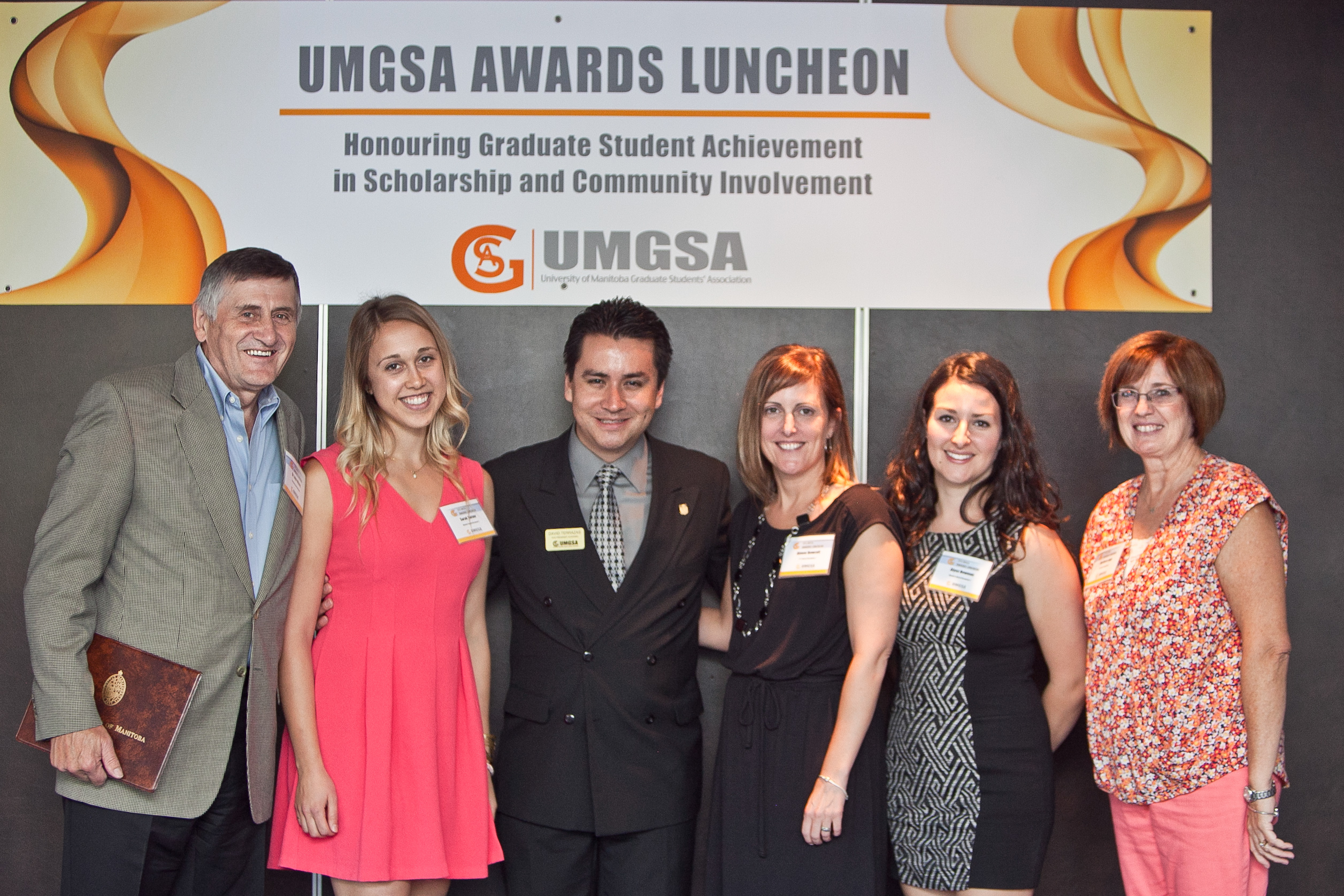Two new university programs are expected to help strengthen the visual arts community in Manitoba.
The University of Winnipeg has added a new specialization in curatorial practices to their master’s degree in cultural studies, and the University of Manitoba has started accepting applicants for their master’s degree in fine arts.
The curatorial practices specialization has been in progress for four years and it is designed for students who majored in art history.
“There was not one other program in Winnipeg or Manitoba or even Saskatchewan that dealt with art history at a master’s level,” explained Serena Keshavjee, the University of Winnipeg’s art history coordinator.
Keshavjee explained that the students were going to learn both practical and theoretical elements of becoming a curator. The specialization is designed to prepare graduates to work in visual arts institutions as curators, gallery educators and critical writers.
“I thought this was important,” Keshavjee continued. “Anyone who wants to be a curator in the 21st century has to know a lot of theory.”
For the practical elements, students will intern at a local art institution for six months.
While some may see the new degree from the U of W as a rival to the University of Manitoba’s fine arts programs, Donna Jones, the U of M’s fine arts master’s program manager, said the two universities did not want to be in competition.
“Every new program that supports the development of the visual arts is a benefit to everybody.”
Jones does not think that the program at the University of Winnipeg will affect the enrolment to the U of M’s master’s program because the fine arts master’s is at a higher level of study.
Furthermore, the U of M’s fine arts master’s program has teaching assistant positions for students who want to become university professors, and Jones emphasized the studio element of the program as very important for artists.
Keshavjee thought that the U of W’s cultural studies program’s new specialization would help encourage more students to stay in the province. She said that she has had students who had to leave or who just dropped out of their art history program because there was nowhere for them to go in the province.
Keshavjee felt that the curatorial practices program will provide graduates with “top-notch qualifications” for the Manitoba arts industry, saying that organizations such as the Winnipeg Art Gallery, the Plug In Gallery, and the Buhler Gallery want to hire Manitobans first.
On the other hand, Jones said the University of Manitoba’s fine arts master’s program does not expect to keep fine arts undergraduates in the province.
“You generally don’t encourage your recent graduates to take your program,” Jones said, explaining that fine arts students need to get more influences, perspectives, feedback, and to find other professors to help them to develop further. To this end, the U of M’s new master’s of fine art program will be seeking students who obtained their undergraduate degrees out of province for the near future.
Jones said that the fine arts master’s program is great because it brings new, young and mature artists who enrich the community with their knowledge and experience.
Erin Brown, a recent fine arts graduate from the University of Manitoba, said she thought the development of both programs was great and was excited to tour their facilities.
She did, however, think that there is a benefit to leaving the province for recent graduates.
“I think there’s something to be said for transplanting yourself into a new environment.” She also said that she believed many would benefit from a local master’s program, partly for financial reasons.
Both programs are accepting applicants for September 2011.



